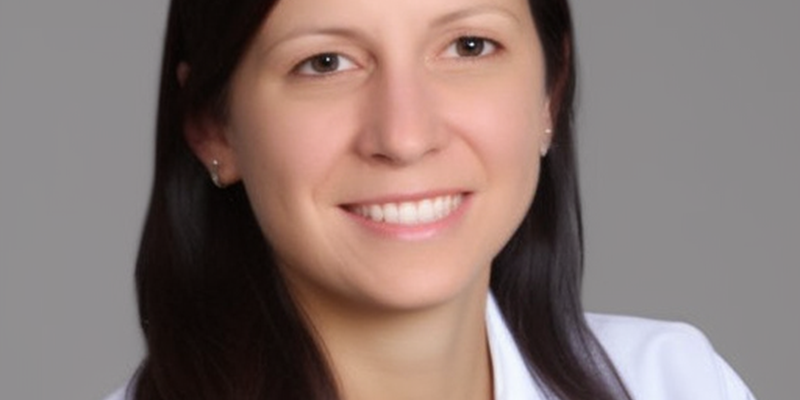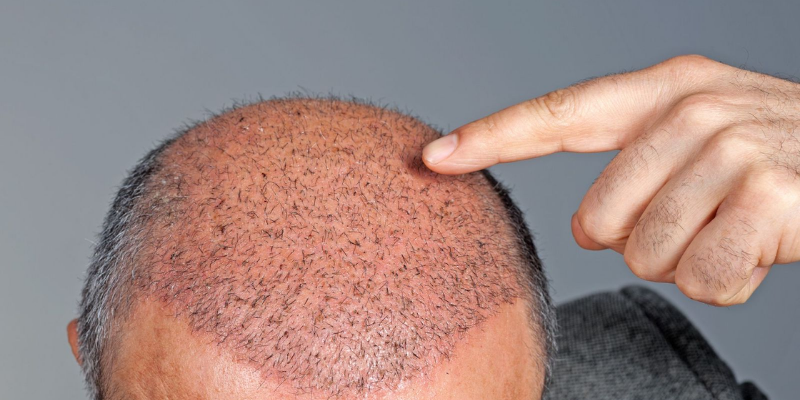Can Hair Transplant Cover Whole Head
If you say that can hair transplant cover whole head, you will have made the operation obvious. You will have a hair transplant operation, but the important thing is to achieve a natural appearance. This is not possible by covering your entire head.
Is it feasible to get a complete head of hair transplanted? The majority of individuals today suffer from baldness. They are looking for a viable and long-term solution to hide their bald spots. Many individuals, including actors, actresses, sports players, comedians, dancers, and politicians, use various solutions. They may utilize wigs, bandanas, or foundation lotion, for example. However, these approaches do not provide lasting answers and are impractical because individuals must utilize them on a daily basis. As a result, another option is considered. Patients can have their hair transplanted. They may have a lot of inquiries. Is surgery, for example, a permanent solution, safe, or can a hair transplant cover the entire head?
What is the Procedure for Hair Transplantation?
Simply said, during a hair transplant procedure, some of your hair is removed from the donor region and grafted into the affected area. Existing hair follicles on your scalp are transferred to the bald region. Patients would be able to have more attractive and fuller hair after the procedure. Additionally, obtaining a hair restoration might boost your look and self-confidence.
Here is a list of persons who may benefit from hair transplant surgery:
- A man who has male pattern baldness (MPHL),
- A woman with very fine hair,
- Anyone who has lost hair as a result of a burn or a scalp injury.
Some people, however, are unable to get a hair transplant even if they wish to. Here are some examples of these people:
People who are experiencing widespread hair loss,
- Those who do not have a sufficient number of ‘donor’ hair follicles for surgery,
- People who have thick, fibrous scars on their heads.
- Those who have lost their hair as a result of medications such as chemotherapy.
What Causes People to Go Bald?
Although hair is the most beautiful feature of the human body, it can fall out and we can live with a bare scalp. Hair loss can be caused by a variety of causes, including genetics, stress, poor diet, and vitamin deficiencies. Baldness is caused by a hormone known as dihydrotestosterone. The hormone influences our hair growth and loss. When our bodies create too much of this hormone, hair growth eventually stops. Some follicles, fortunately, are more resistant than others. Hair loss, for example, is most common on the top of the head. The roots on the side and back of the skull, on the other hand, are stronger than those on the top. In hair transplantation, these locations might be utilized as ‘donor’ areas.
Donor Section
Keep in mind that ‘donor’ space is limited. Furthermore, follicles are neither taken from the outside nor produced. It will further complicate the operation. At this point, we can state that the individual wishing to undergo a hair transplant must have a donor area. Otherwise, the surgery cannot be recommended. Furthermore, while the primary goal of surgery is to replace one bald region with another, not all donor parts should be used. As a result, the donor region should be in good condition following the surgery. Your doctor will need almost a third or less of the donor area to do this. If the physician removes a high number of follicles from the donor area, your hair may seem pulled and bald following the procedure.
Assume you’re bald all over and have fewer donor regions. So, what happens next? When you decide to undergo surgery, you can have hair transplantation on your entire head because there is no hard regulation requiring it to be applied just to one part of your head. On the other side, because it would cover the complete hair transplant, you may not be able to acquire natural-looking hair. Why? Because your donor area is intertwined with your balding area. According to most hair specialists, total head closure does not give patients a natural appearance, and they may be aesthetically unhappy. If a patient has a big bald region but few donor sites, surgeons usually concentrate on existing hair grafts near the hairline to make the hair look thicker. As a result, patients may appear to have complete coverage with fewer follicles.
Fortunately, relatively few people have complete hair loss since the majority of people have enough donor hair to cover the bald area of the head.
Can Hair Transplant Cover Whole Head
There are two methods for can hair transplant cover whole head. Follicular Unit Extraction (FUE) and Follicular Unit Transplantation (FUT) are the two hair transplantation techniques (FUT). Both methods are life-saving. They provide hair that is both stunning and natural in appearance. Each hair follicle is extracted one at a time and transplanted onto the bald region during the FUE technique. It might take a while. FUT is a method of removing a strip of skin from the scalp that takes less time than FUE. Furthermore, the surgeon will be able to extract more follicles from the donor region at the same time.
As a result, the FUT technique will be quite beneficial when the patient has a significant bald patch on his head. However, the approaches are still dependent on your current condition and the professional opinion of your doctor. New hair follicles will develop for 3 to 4 months after surgery with any approach. You may have a little scar on your head, and others, including your friends, maybe confused about your operation.
When you have a lot of bald spots, you may desire to cover your entire head with hair transplants, but this will not give you a natural look. Hair restoration surgery is often performed on bald hair follicles. The individual who wishes to get a hair transplant, on the other hand, should have a donor region to be utilized in the bald area. The donor portion should look just how it did before surgery. As a result, if you have a fully bald head, hair restoration can help you look better, but it won’t restore all of your hair.
Can Hair Transplant Cover Whole Head of a Patient, or is It a Partial Procedure?
Hair transplant is a popular procedure among men and women looking for a ‘hair restoration near me’ to achieve thicker, fuller hair. It involves the surgical removal of donor hair from an area of the scalp with good hair growth and transplanting it to areas of the scalp affected by balding, thinning, or receding. Nevertheless, the question “can hair transplant head of a patient?” has no simple answer.

The amount of hair that can be transplanted in a single session and the overall coverage achieved depends on several factors, including the patient’s natural hair density, the size of the balding area, and the amount of donor hair available. In many cases, a single hair transplant session is not enough to cover the entire head.
A hair transplant typically covers only a partial area of the scalp, such as the front and top portion of the head.

For those with more significant baldness or thinning who wish to achieve full coverage, multiple sessions may be necessary to achieve their desired results. Patients should consult with their doctor to determine how many sessions they may need and what type and amount of coverage they can expect from each session.
We hope this article helped answer, “can hair transplant head of a patient?”


